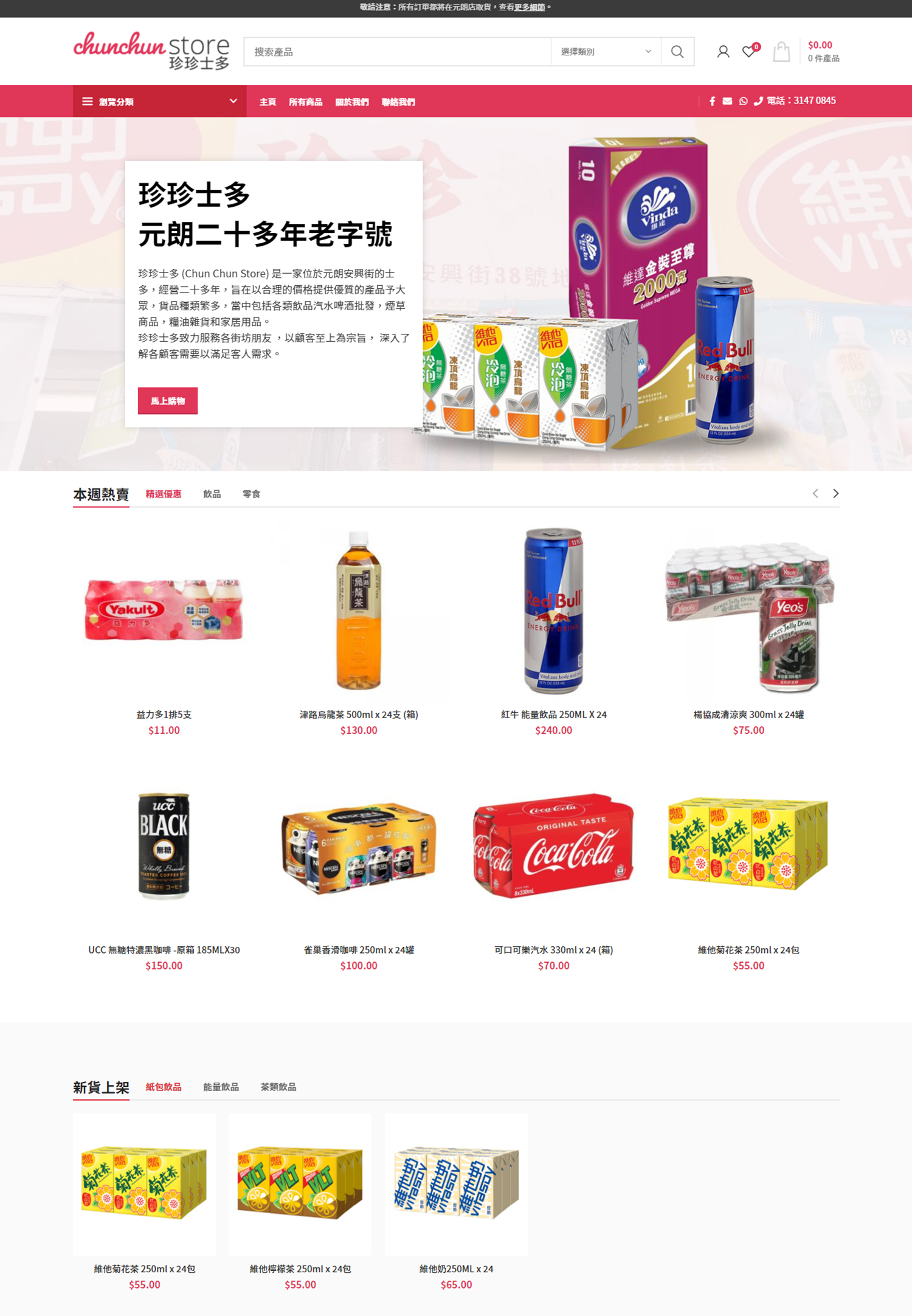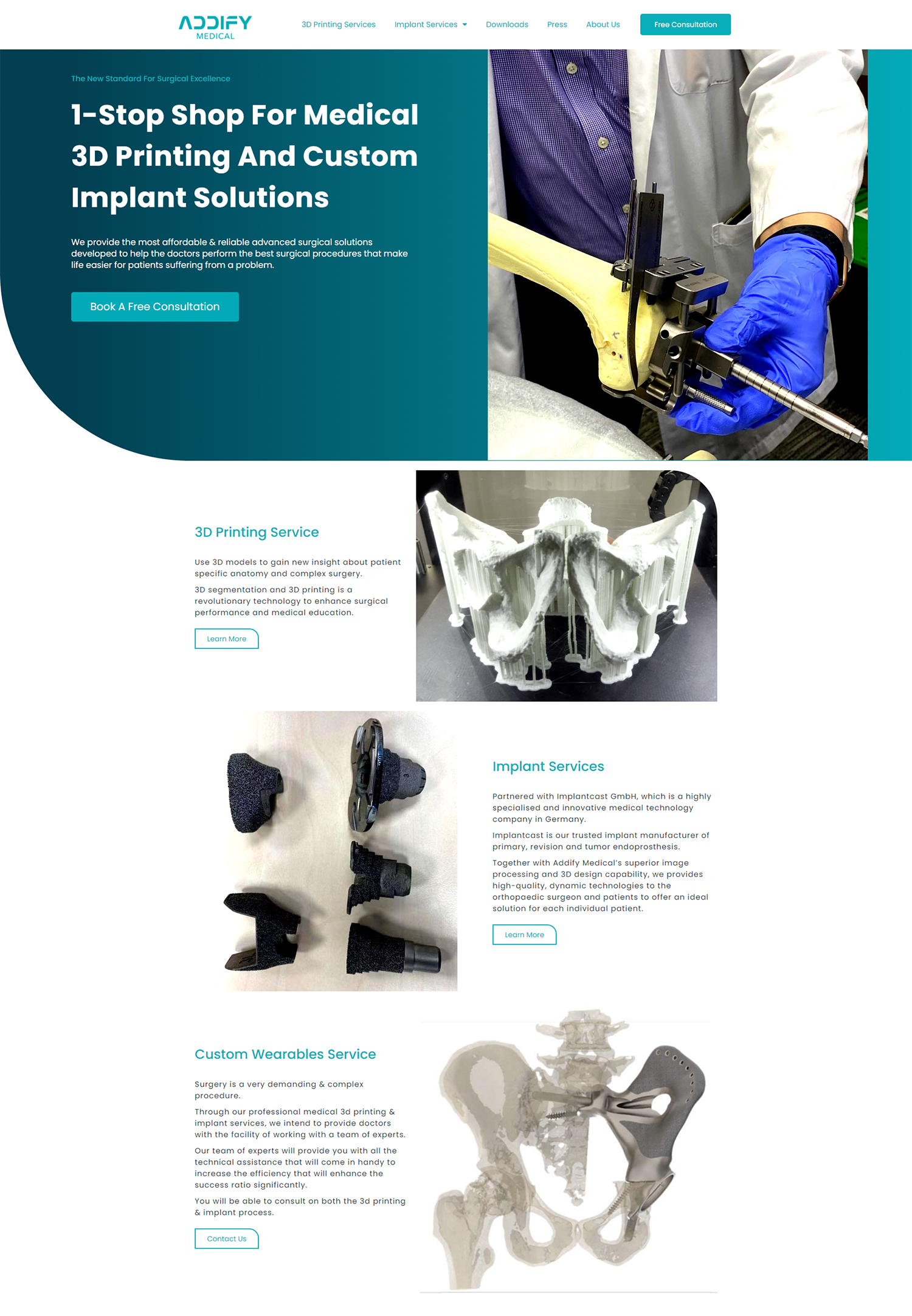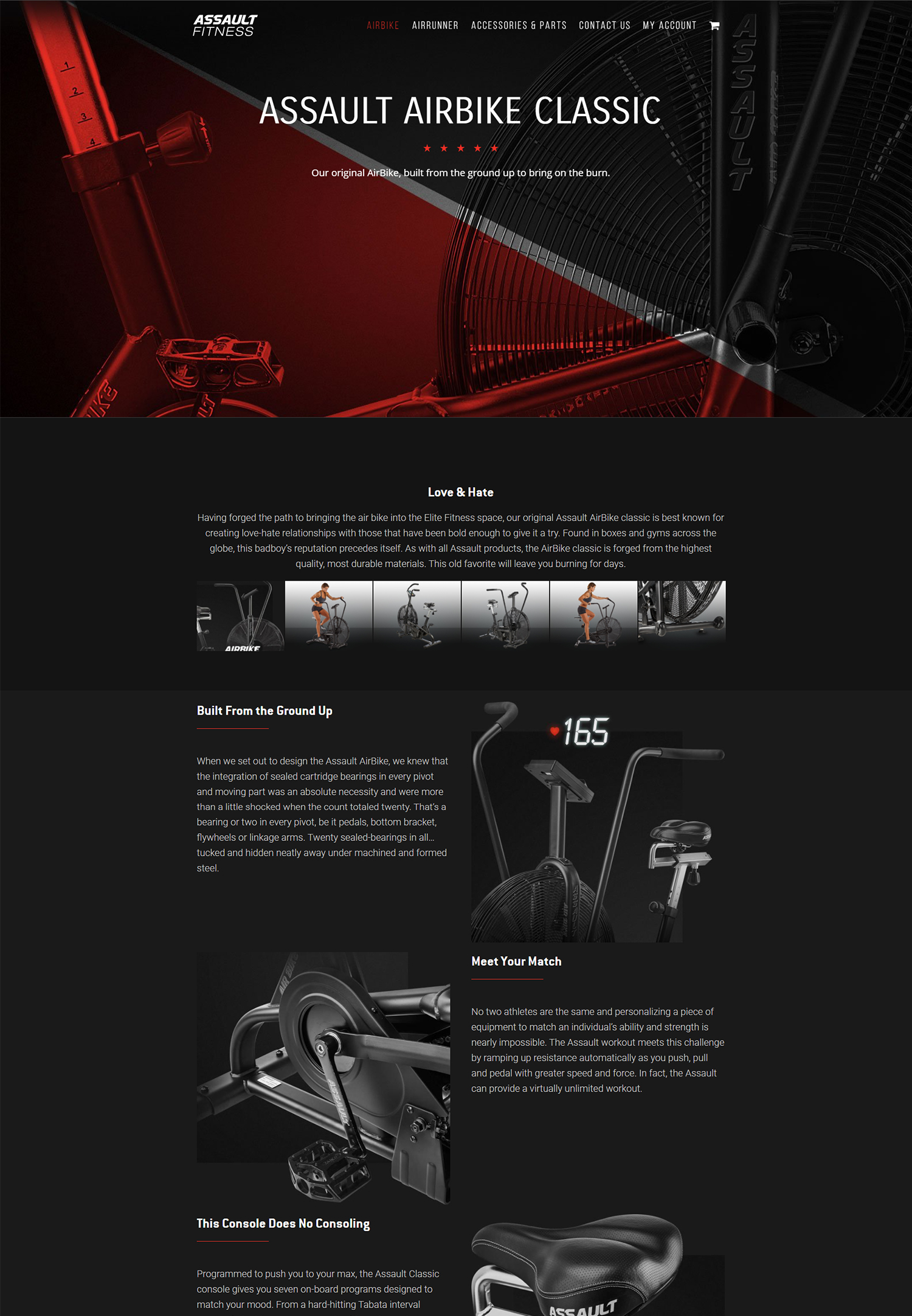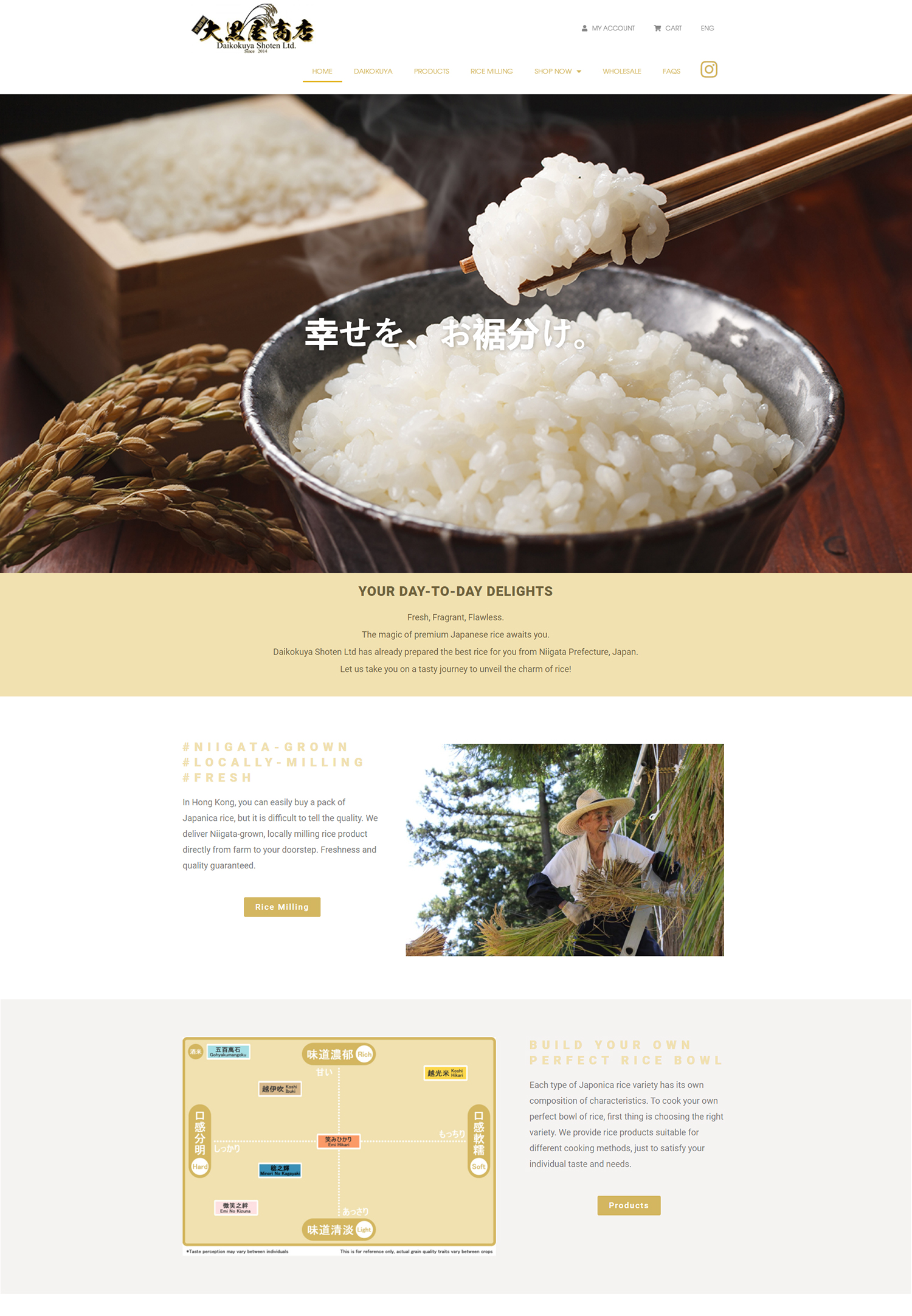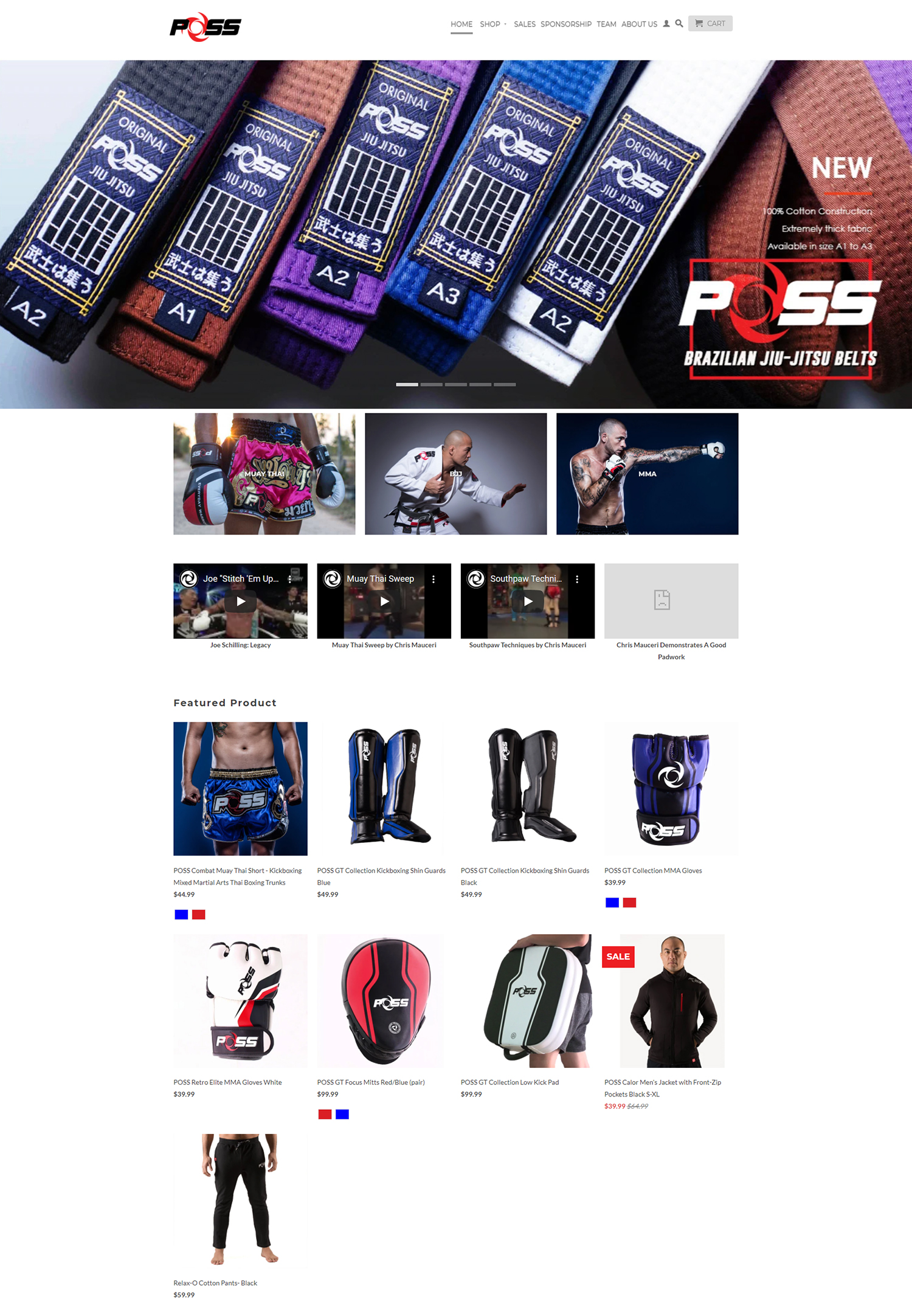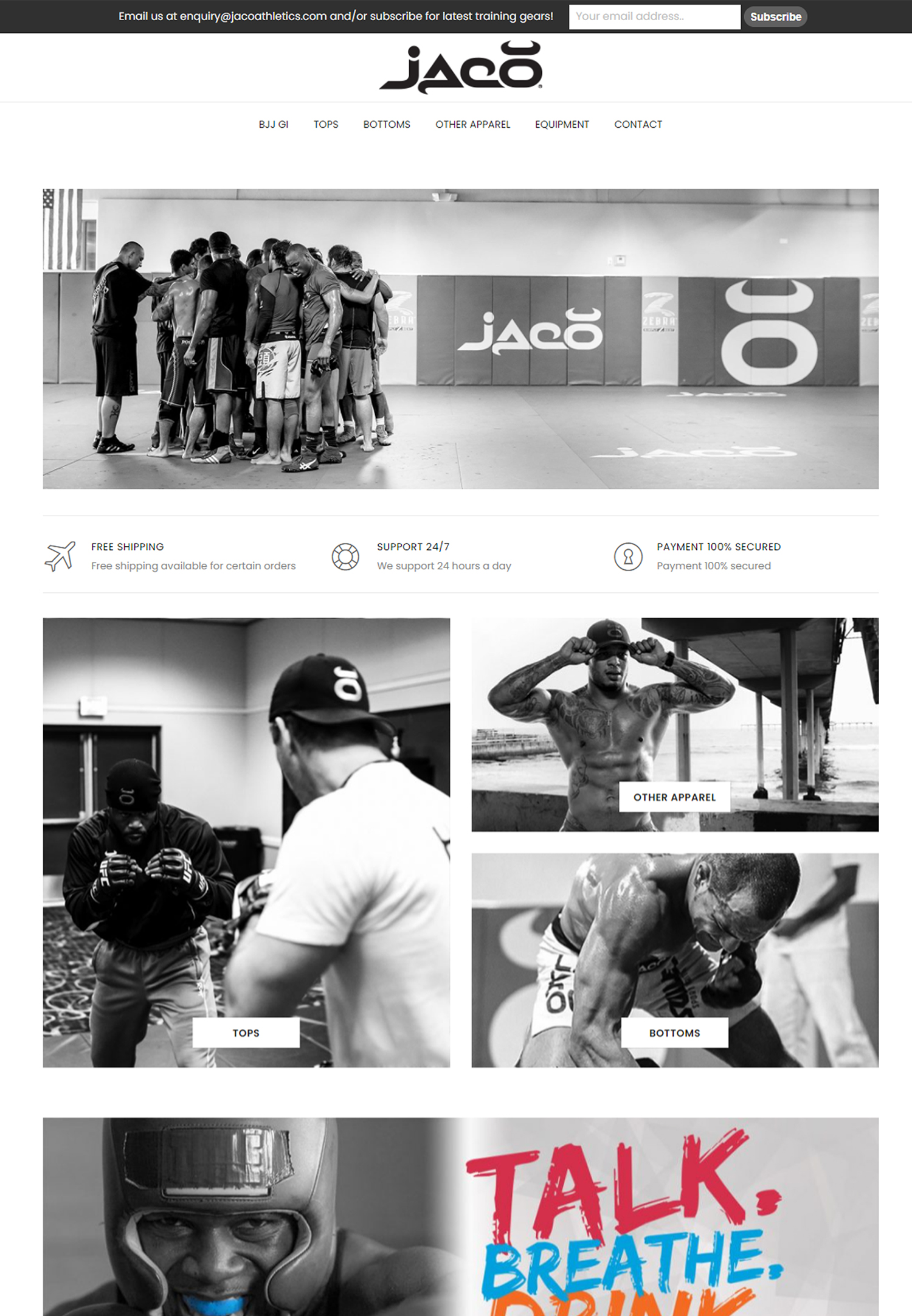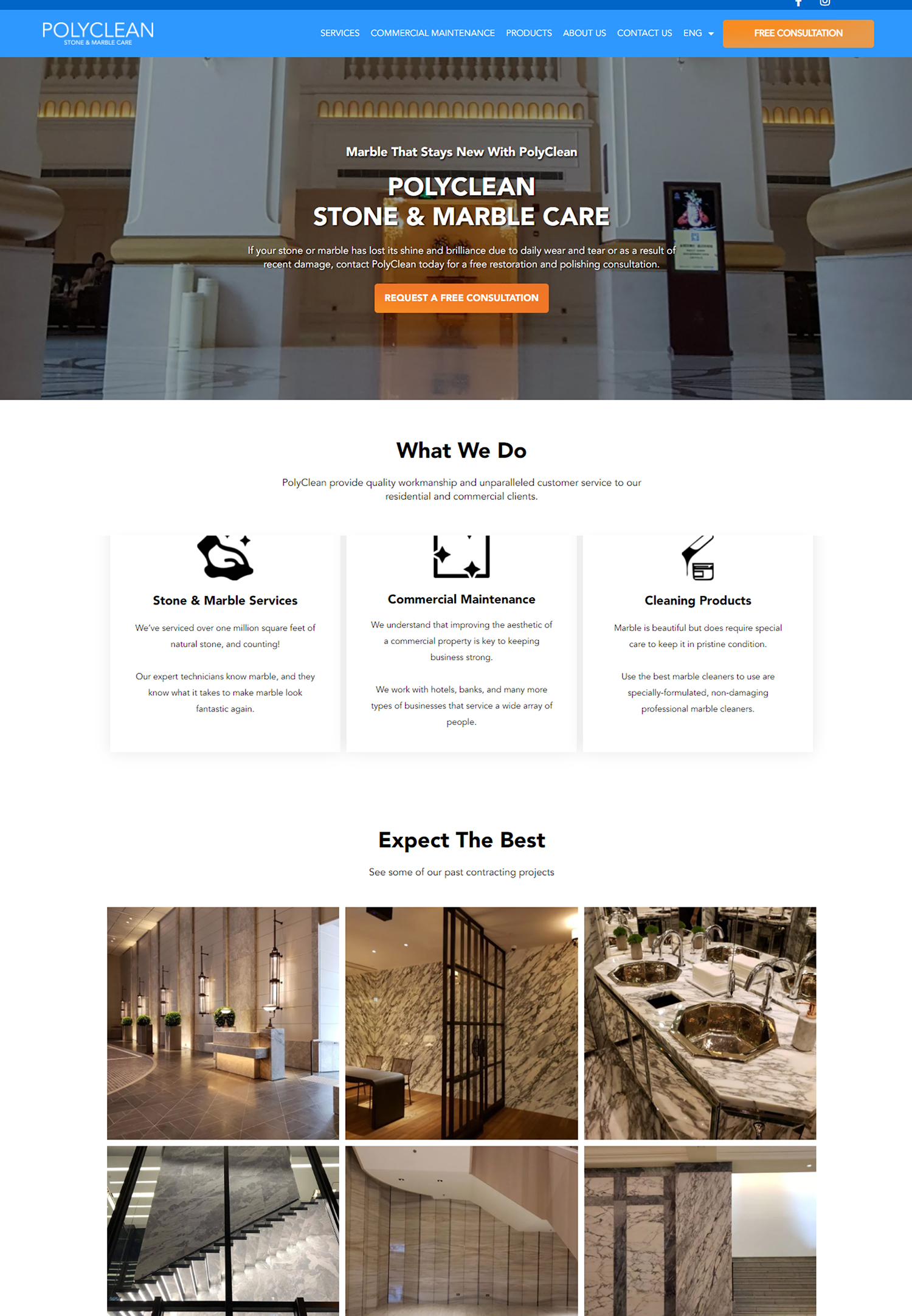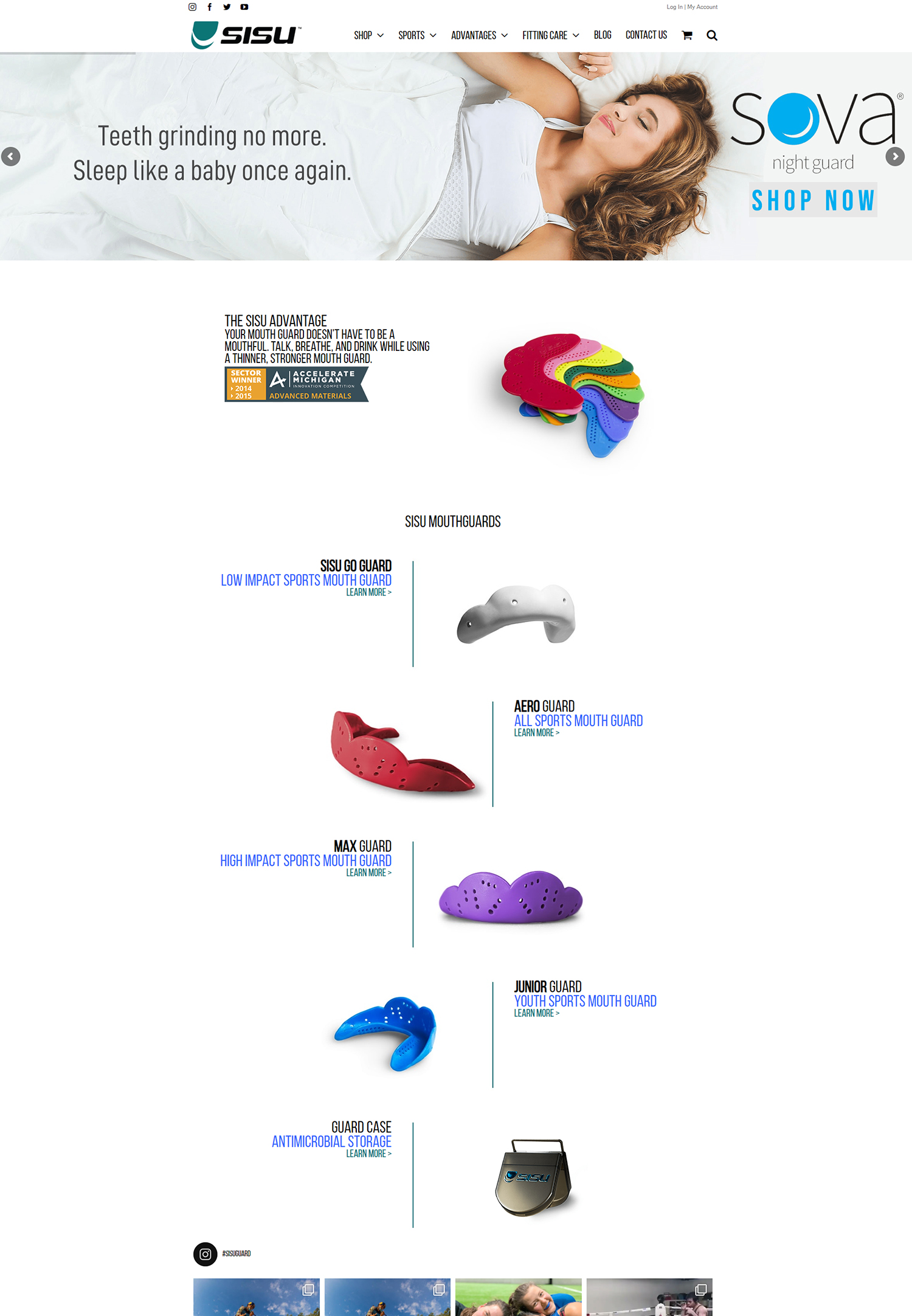Branding is a crucial aspect of any business, as it helps to establish a unique identity and differentiate it from competitors. A strong brand can evoke emotions, build trust, and create a loyal customer base. In today’s digital age, a company’s website is often the first point of contact for potential customers. Therefore, it is essential to ensure that your website reflects your brand identity consistently.
Consistent branding on your website is vital for several reasons. Firstly, it helps to create a cohesive and professional look and feel, which can enhance the user experience and make a positive impression on visitors. Secondly, consistent branding helps to reinforce your brand values and messaging, making it easier for customers to understand what your business stands for. Finally, consistent branding across all channels, including your website, social media platforms, and marketing materials, helps to build brand recognition and awareness.
Establishing Your Brand Identity: Key Elements to Consider
Before you can create consistent branding on your website, you need to establish a clear brand identity. This involves defining your brand values and mission, identifying your target audience, conducting market research, and creating a brand persona.
Defining your brand values and mission is crucial as it forms the foundation of your brand identity. These values should align with the core beliefs of your business and guide all aspects of your branding efforts. Identifying your target audience is equally important as it helps you tailor your messaging and design to resonate with the right people. Conducting market research allows you to gain insights into your target audience’s preferences, needs, and pain points.
Creating a brand persona involves giving your brand a personality that aligns with your target audience’s characteristics. This persona should be reflected in all aspects of your branding, including your website design, messaging, and tone of voice.
The Importance of Visual Branding: Designing a Cohesive Look and Feel
Visual branding plays a significant role in creating a consistent brand identity on your website. It involves choosing a color palette, selecting fonts and typography, creating a logo and other visual elements, and designing a website layout that aligns with your brand identity.
Choosing a color palette is essential as colors have the power to evoke emotions and convey messages. Selecting fonts and typography that align with your brand persona helps to create a cohesive look and feel. Creating a logo and other visual elements, such as icons or illustrations, helps to establish brand recognition.
Designing a website layout that aligns with your brand identity involves considering factors such as the placement of elements, the use of whitespace, and the overall user experience. A cohesive look and feel across all pages of your website help to create a seamless experience for visitors.
Crafting Your Brand Messaging: Communicating Your Unique Value Proposition
Brand messaging is another critical aspect of consistent branding on your website. It involves developing a brand voice and tone, creating a tagline and elevator pitch, writing website copy that reflects your brand messaging, and incorporating storytelling into your messaging.
Developing a brand voice and tone helps to establish the personality of your brand. This voice should be consistent across all communication channels, including your website. Creating a tagline and elevator pitch helps to succinctly communicate your unique value proposition to visitors.
Writing website copy that reflects your brand messaging involves using language that resonates with your target audience and conveys your brand values. Incorporating storytelling into your messaging helps to create an emotional connection with visitors and make your brand more relatable.
Building a Brand Story: Connecting with Your Audience on a Deeper Level
Storytelling is a powerful tool for building a consistent brand identity on your website. It involves using narratives to create an emotional connection with your audience, incorporating your brand values and mission into your story, highlighting customer success stories, and creating a consistent narrative across all channels.
Using storytelling on your website helps to engage visitors and make your brand more memorable. By sharing stories that align with your brand values and mission, you can create a deeper connection with your audience. Highlighting customer success stories helps to build trust and credibility.
Creating a consistent narrative across all channels, including your website, social media platforms, and marketing materials, helps to reinforce your brand messaging and make it more impactful.
Consistency Across Channels: Ensuring Your Brand Message is Aligned Everywhere
Consistency across all channels is crucial for maintaining a strong and cohesive brand identity. This involves maintaining consistency in visual branding across all channels, ensuring messaging is consistent across your website, social media, and other marketing channels, and creating a cohesive customer experience across all touchpoints.
Maintaining consistency in visual branding involves using the same color palette, fonts, logos, and other visual elements across all channels. This helps to create a recognizable and cohesive brand identity.
Ensuring messaging is consistent across your website, social media, and other marketing channels involves using the same brand voice and tone and conveying the same brand values and mission. This consistency helps to reinforce your brand messaging and make it more memorable.
Creating a cohesive customer experience across all touchpoints involves ensuring that the user experience is consistent across your website, social media platforms, customer service interactions, and any other touchpoints customers may have with your brand. This consistency helps to build trust and loyalty.
The Role of Brand Guidelines: Creating a Framework for Consistent Branding
Brand guidelines play a crucial role in ensuring consistent branding across all channels. They provide a framework for maintaining consistency in visual branding and messaging. Brand guidelines typically outline visual and messaging guidelines and provide examples of how to use branding elements correctly.
Developing brand guidelines involves documenting your brand values, mission, voice, tone, color palette, fonts, logo usage guidelines, and other visual elements. These guidelines should be easily accessible to all team members and should be regularly updated as your brand evolves.
Outlining visual and messaging guidelines in your brand guidelines helps to ensure that all team members are aware of how to use branding elements correctly. Providing examples of how to use branding elements correctly helps to clarify any potential confusion and maintain consistency.
Ensuring all team members are aware of and adhere to brand guidelines is crucial for maintaining consistent branding across all channels. Regular training and communication can help to reinforce the importance of consistent branding.
The Benefits of Consistent Branding: Improving Recognition, Trust, and Loyalty
Consistent branding offers several benefits for businesses. Firstly, it helps to build brand recognition and awareness. When customers consistently see your brand identity across different channels, they are more likely to remember and recognize your brand.
Secondly, consistent branding helps to establish trust with customers. When your brand messaging is consistent and aligned with your actions, customers are more likely to trust your business.
Thirdly, consistent branding helps to create brand loyalty and advocacy. When customers have a positive experience with your brand and consistently see your brand identity, they are more likely to become loyal customers and recommend your business to others.
Finally, consistent branding can increase customer retention and referrals. When customers have a strong connection with your brand and consistently see your brand identity, they are more likely to continue doing business with you and refer others to your business.
Common Branding Mistakes to Avoid: Ensuring Your Efforts Don’t Backfire
While consistent branding is essential, there are some common mistakes that businesses should avoid. These include inconsistency in visual branding, confusing messaging, failing to differentiate from competitors, and neglecting to update branding as the business evolves.
Inconsistency in visual branding can confuse customers and dilute the impact of your brand identity. It is important to ensure that all visual elements, such as colors, fonts, and logos, are used consistently across all channels.
Confusing messaging can make it difficult for customers to understand what your brand stands for. It is important to clearly communicate your unique value proposition and brand values in a way that resonates with your target audience.
Failing to differentiate from competitors can make it challenging for customers to see why they should choose your brand over others. It is important to clearly communicate what sets your brand apart and why it is the best choice for customers.
Neglecting to update branding as the business evolves can make your brand appear outdated and irrelevant. It is important to regularly review and update your branding efforts to ensure they remain relevant and effective.
Putting It All Together: Tips for Ensuring Your Website Stands Out with Consistent Branding
To ensure that your website stands out with consistent branding, there are several tips you can follow. Firstly, conduct a brand audit to identify areas for improvement and ensure that all aspects of your branding are aligned with your brand identity.
Secondly, create a brand style guide that outlines all visual and messaging guidelines. This guide should be easily accessible to all team members and regularly updated as your brand evolves.
Thirdly, incorporate storytelling into your website copy and design. Use narratives to create an emotional connection with visitors and make your brand more relatable.
Finally, continuously monitor and update your branding efforts to stay relevant and effective. Regularly review your website, social media platforms, and other marketing channels to ensure that they reflect your current brand identity.
Conclusion: The importance of consistent branding for website success cannot be overstated. By carefully considering brand identity, visual branding, messaging, storytelling, and consistency across all channels, businesses can create a strong and cohesive brand identity that resonates with their target audience. Consistent branding helps to improve recognition, trust, loyalty, customer retention, and referrals. By avoiding common branding mistakes and continuously monitoring and updating branding efforts, businesses can ensure that their website stands out and effectively communicates their unique value proposition.
If you’re looking to maintain a consistent branding across your website, you may also be interested in our article on “The Importance of Great Web Design.” This article explores how a well-designed website can enhance your brand image, improve user experience, and ultimately drive more conversions. Check it out here.
FAQs
What is consistent branding?
Consistent branding refers to the use of the same visual and messaging elements across all platforms and channels to create a cohesive and recognizable brand identity.
Why is consistent branding important?
Consistent branding helps to establish brand recognition, build trust and credibility with customers, and create a strong brand identity that sets a business apart from its competitors.
How can consistent branding be achieved across a website?
Consistent branding across a website can be achieved by using the same color scheme, typography, imagery, and messaging throughout the site. It is also important to ensure that the website design is consistent with other marketing materials, such as business cards and brochures.
What are the benefits of consistent branding across a website?
Consistent branding across a website can help to improve user experience, increase brand recognition, and build trust and credibility with customers. It can also help to create a more professional and polished image for the business.
What are some common mistakes to avoid when trying to achieve consistent branding across a website?
Common mistakes to avoid when trying to achieve consistent branding across a website include using too many different fonts or colors, using inconsistent messaging or imagery, and failing to ensure that the website design is consistent with other marketing materials. It is also important to regularly review and update the website to ensure that it remains consistent with the overall brand identity.





